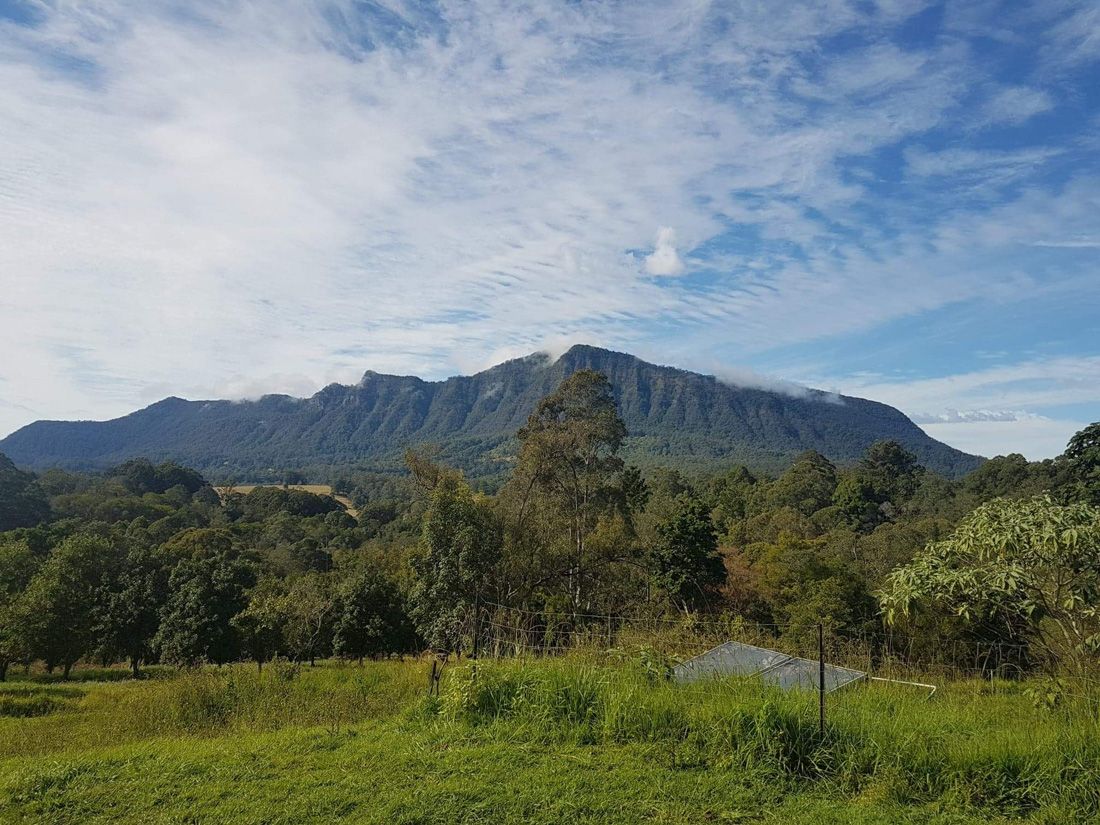Located in the Northern Rivers region of the Australian state of New South Wales, the new Reforest'Action-funded project in Australia aims to create a food forest on abandoned pastureland. Led on the ground by the next generation of a farming community, embodied by our partner Permaculture Design Action, the project will develop biodiversity and strengthen intergenerational social ties within a local farming community. The ambition is to eventually create a successful example of agroecology, in the hope of inspiring young people who own land to replicate similar projects.

Supporting the birth of a forest in Australia
Located at the edge of the forest, the Kiah farm, where the project is being conducted, has several hectares of abandoned pastureland, which the project aims to turn back into a forest. The objective is to create an agroforestry system on these abandoned lands, to combine, during the first years, food crops, livestock and a nascent forest. More than fifty different tree species will be densely planted. The growing forest will be managed in agroforestry, initially by the local farming community. It will allow them to harvest fruit and provide a protective cover for the underlying food crops, which will accompany the young trees during their first years of life. Ultimately, the goal is to create a true food forest, rich in fruit and biodiversity, and thus return the land to its original nature as a forest ecosystem.

Already 10,000 trees planted with 50 different species
After a first phase of collecting seeds of about fifty different species in the heart of the surrounding forest, and then growing these seedlings in nurseries, the first 10,000 trees of the project were planted on the ground according to permaculture and long-term regeneration methods. Among the species planted were Gmelina Leichardtii (or white beech, a tree that has become rare because its wood was used extensively to build the floors of Australian dance halls), Araucaria bidwillii (or bunya pine - an ancient and colossal pine that produces large nuts) Toona ciliata (or Australian red cedar, also very rare), and Nothofagus moorei (or Antarctic beech, the oldest species in the region, which can live up to 5,000 years), will form the future canopy of the newly created forest.

In parallel to the planting activities, training sessions in agroforestry, market gardening and permaculture were conducted by our partner with local farming communities.
The coming period, colder and drier, will be favorable to the development of the nursery to prepare the resumption of plantations in September. Our partner will also work on the maintenance of the first planted trees through mulching and watering, as well as the installation of irrigation systems.
Contribute to the project to help it continue to grow!
